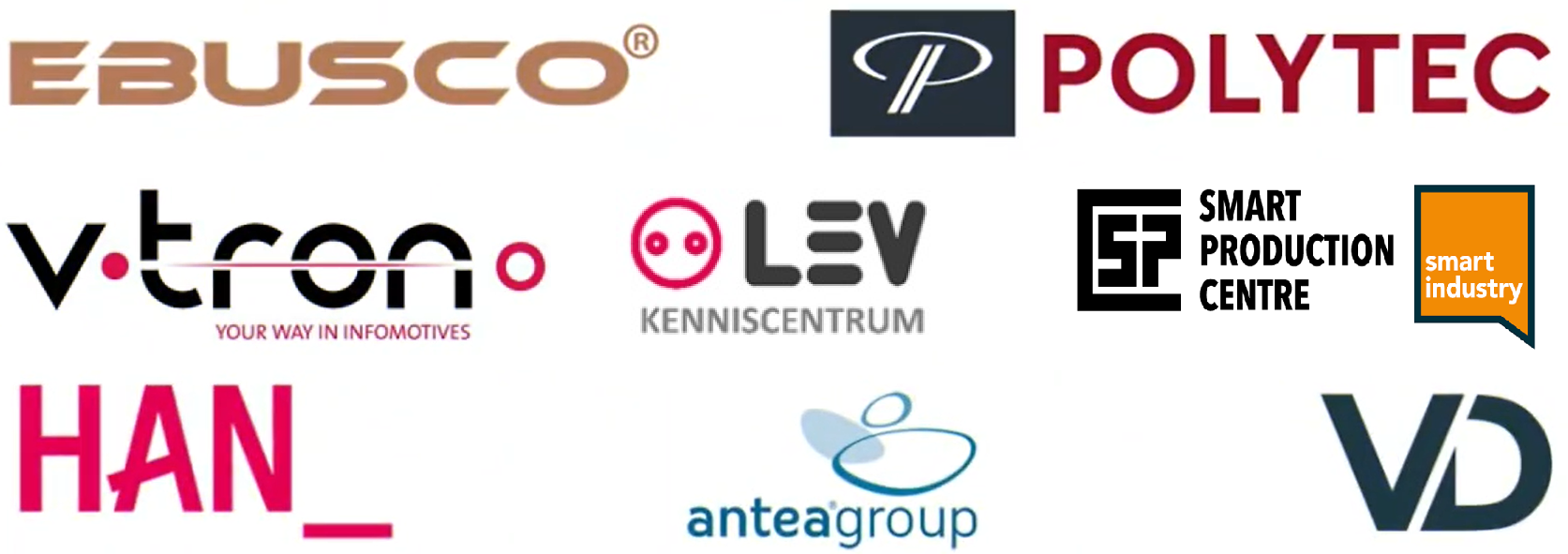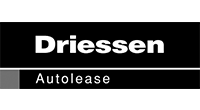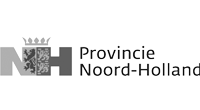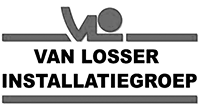Objectives of SPARC
If we use vehicles for their intended purpose, we will no longer have transport problems. All seats are occupied (75% fewer vehicles on the road), traffic flows smoothly thanks to extremely high speeds (we all drive at 160 km/h) and all luggage space is filled (no cubic metres are left unused). IT and technology make this possible; hopefully it will remain safe.
If only that were true, we only use a fraction of expensive capital goods (vehicles) to feel a sense of freedom. ADAS is growing rapidly to make mobility safer, but our behaviour is not helping us find the right direction.
SPARC (Scaleable Platform ARChitecture) – Within the HAN Engineering and Automotive academy, an initiative has been launched to develop a suitable, scalable platform with students, supported by lecturers, researchers and the business community, in which use cases, value cases and business cases form the building blocks for technological development in a transition to level 5 autonomous driving.
Thanks to its modular design, SPARC can grow from small and manoeuvrable to long with a high load capacity. SPARC is an open source project. What is built on SPARC is not up to us. Make use of what is available, what is already known; apply knowledge and science!
The wheel has already been invented, so why go to all that trouble again?
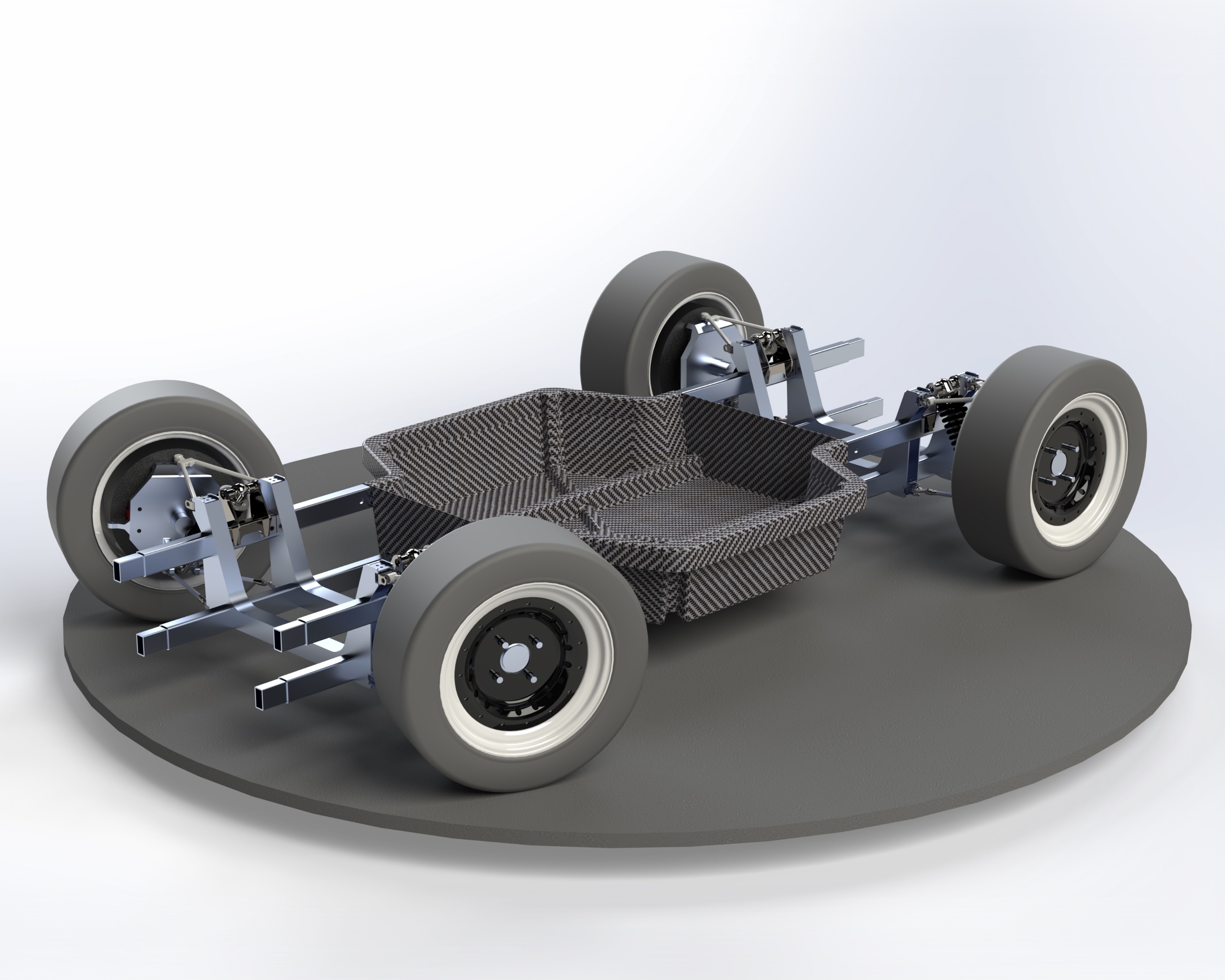
Project approach
As the initiator, V-tron wants to develop a LEV platform with the following characteristics:
- Battery pack with a capacity that should not exceed daily usage (the distance to be driven)
- Electric drive, modular application whereby exchange can be easily carried out according to use. Key construction points remain the same.
- Robust (motor and battery) management system.
- Complete freedom for designers when assembling/printing/pressing bodywork; it is also possible to investigate the extent to which parametric design with basic shape elements (lights, windows, mirrors, etc.) is possible.
- Application of the latest technology (steer-by-wire, ADAS, AV)
The vehicle’s characteristics are broadly:
- 0- or 1-seater vehicle
- Range: up to 80 kilometres
- Maximum speed 80 km/h
- Price below €7,500
The project is being carried out by students from the Academy of Engineering and Automotive (AEA) and the Commercial Economics – Innovation (CEI) programme at HAN University of Applied Sciences.
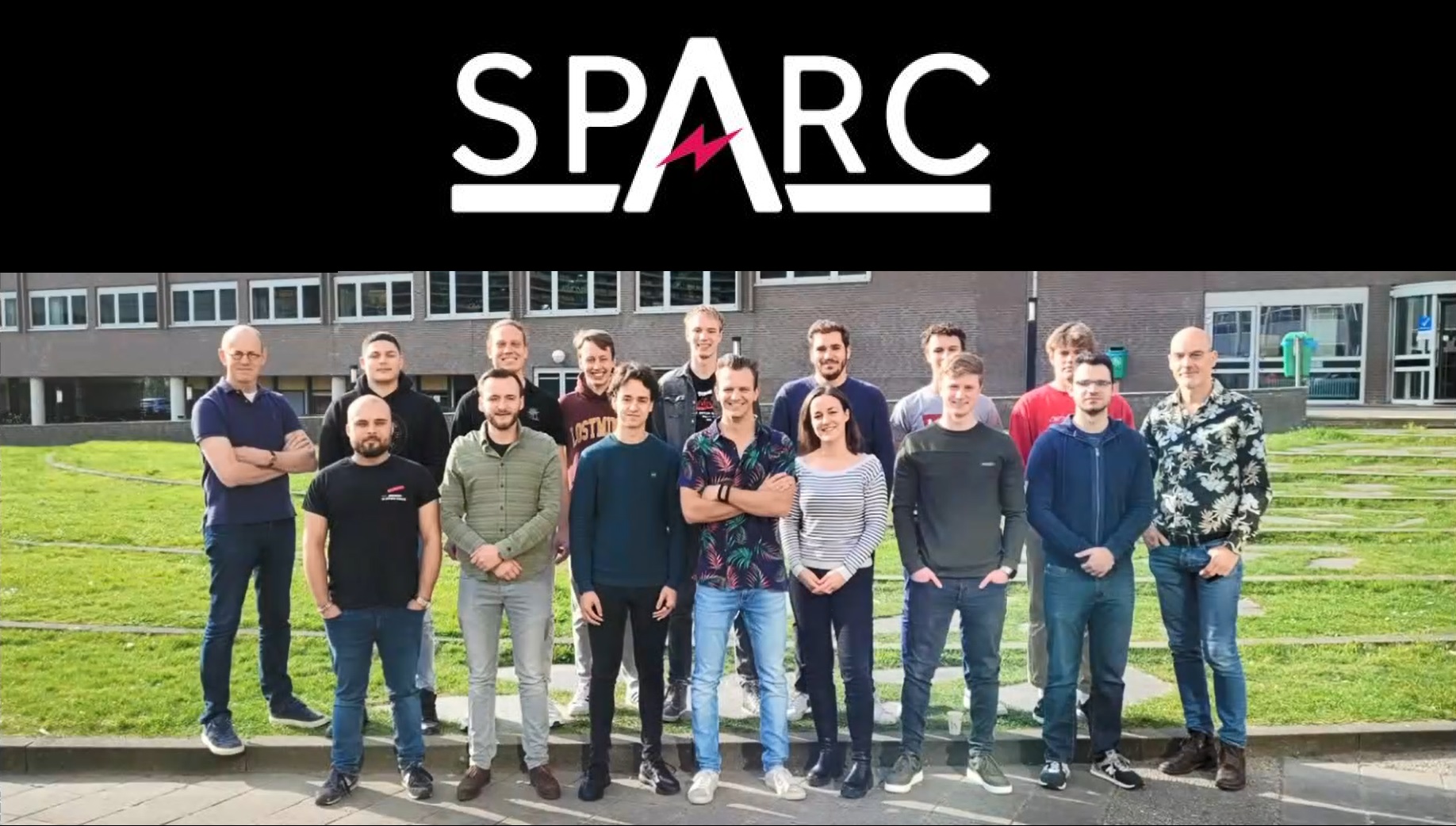
Contact V-tron:
Results achieved
On Thursday 16 June, the final of the CleanTech Battle 2022 took place in Deventer..he Scalable Platform ARChitecture (SPARC) ook home the honourable 3rd prize and a cheque for €500, which the students can spend as they see fit.The project, involving students from Automotive, Industrial Engineering, Mechanical Engineering and Industrial Product Design, is being coached by Koen Lau and Sjoerd Timmermans from HAN University of Applied Sciences.
Challenges
The project will run for a total of three years and will be carried out by various multidisciplinary groups of students from the HAN Academy of Engineering and Automotive in Semester 6 or Minor projects.
The project will be delivered as open source so that interested companies around the world can use it and produce the vehicles.
Following the conclusion from the first half of the year that the vehicle has a use and value case, a feasible business case will also need to be realised.


